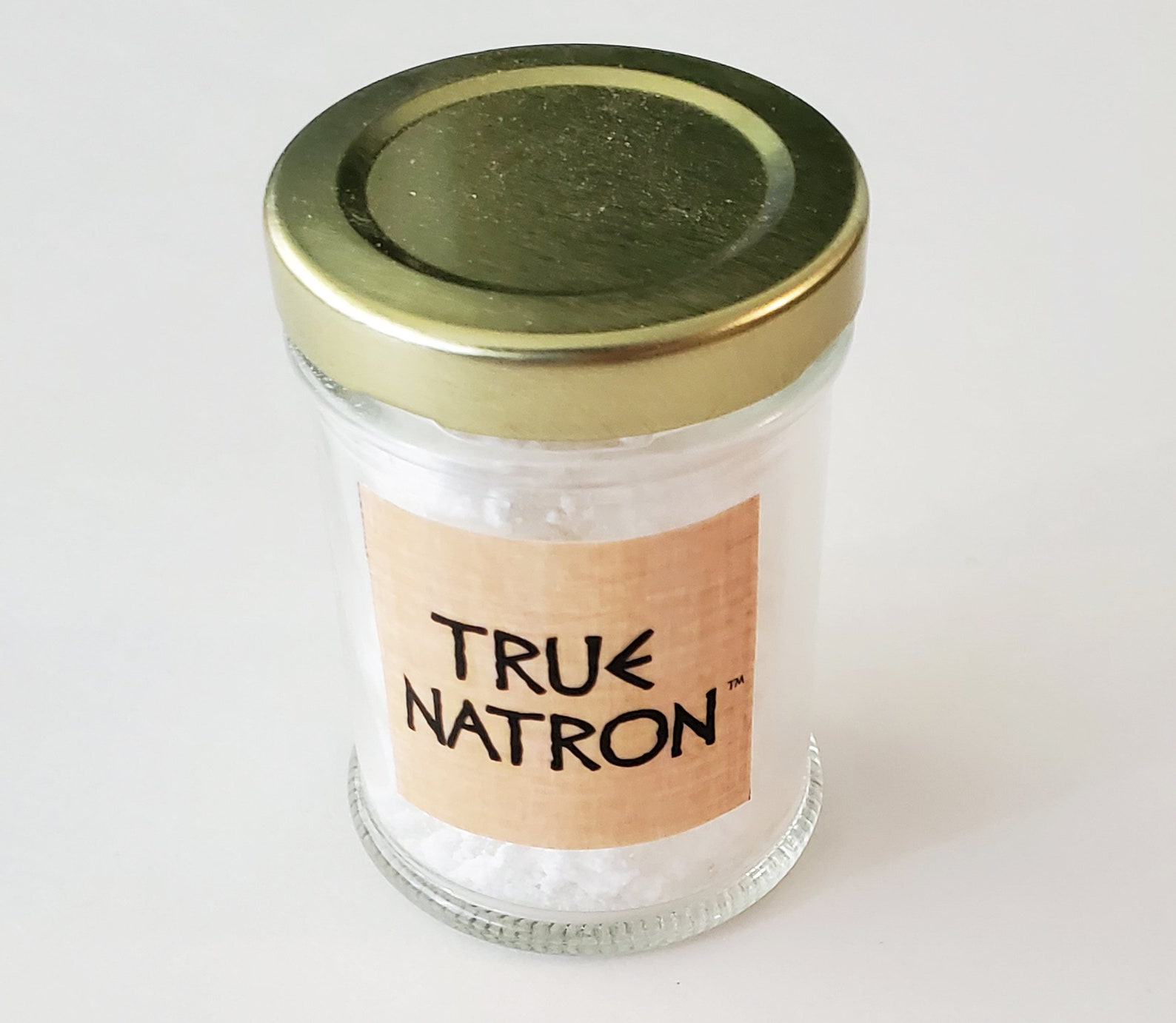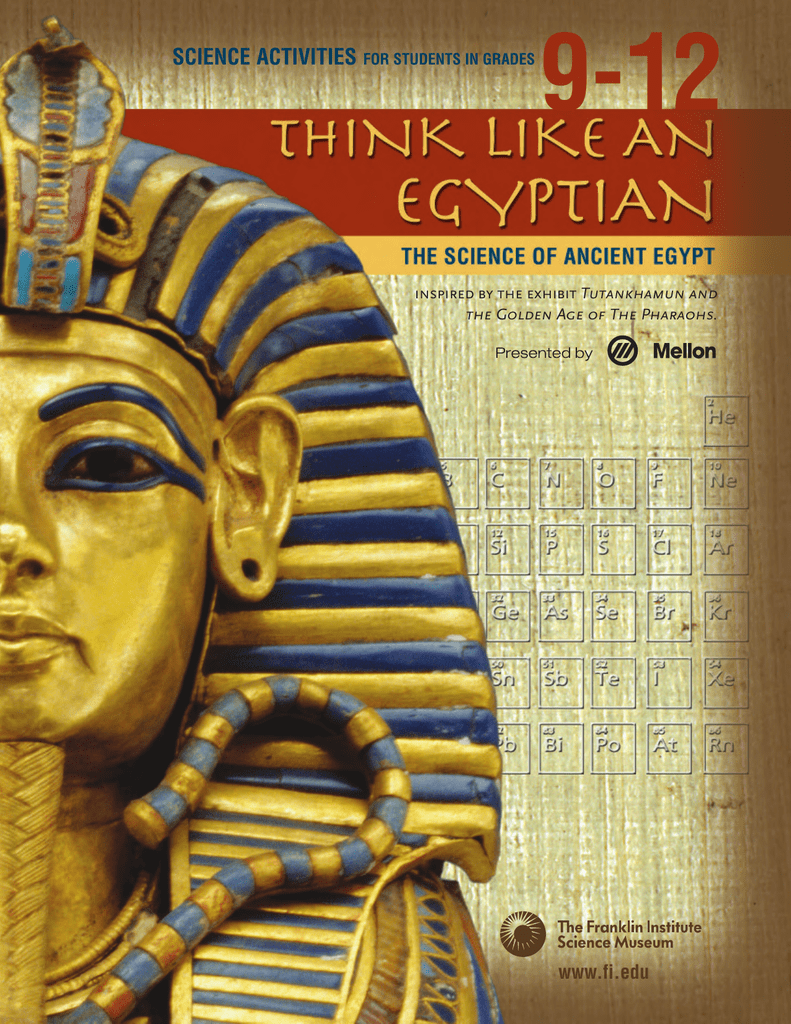

Consequently, it has been accepted that natron was the alkali used for Roman glass production and that Wadi Natrun, the most well-known evaporitic lake in modern Egypt, was the primary source of the evaporite flux. The soda was the key to this glassmaking process because it reacted with the sand to form a melt at temperatures within the reach of ancient furnaces, with the soda essentially acting as a flux. In the first century ad, Pliny the Elder discusses the use of natron ‘preferably Egyptian soda’ for the production of Roman glass (Pliny Natural History (NH) XXXI, 107 and XXXVI, 193–194). The implications for the identification of glass production sites, for the organisation of trade and for the supply of natron within and outside Egypt are discussed in the light of Pliny’s accounts. The experiments show that high-quality glass, free of unreacted batch or bubbles, could have been produced from natron in its unprocessed form in a single stage, that larger quantities of natron would be required than has previously been anticipated, that the presence of different sodium-containing compounds in the deposit aided melting, and that negligible waste is produced. Here, natron from el-Barnugi in the Egyptian Nile delta, a site which also probably supplied Roman glassmakers, is used to produce glass. Analyses of Egyptian natron have shown it to be a complex mixture of different sodium compounds, and previous experiments to make glass with Egyptian natron have been unsuccessful.

His account of glassmaking with natron has since been corroborated by analyses of archaeological glass and the discovery of large-scale glass production sites where natron glass was made and then exported.

Pliny the Elder describes the discovery of a process for making natron glass, which was widely used for much of the first millennium bc and ad.


 0 kommentar(er)
0 kommentar(er)
